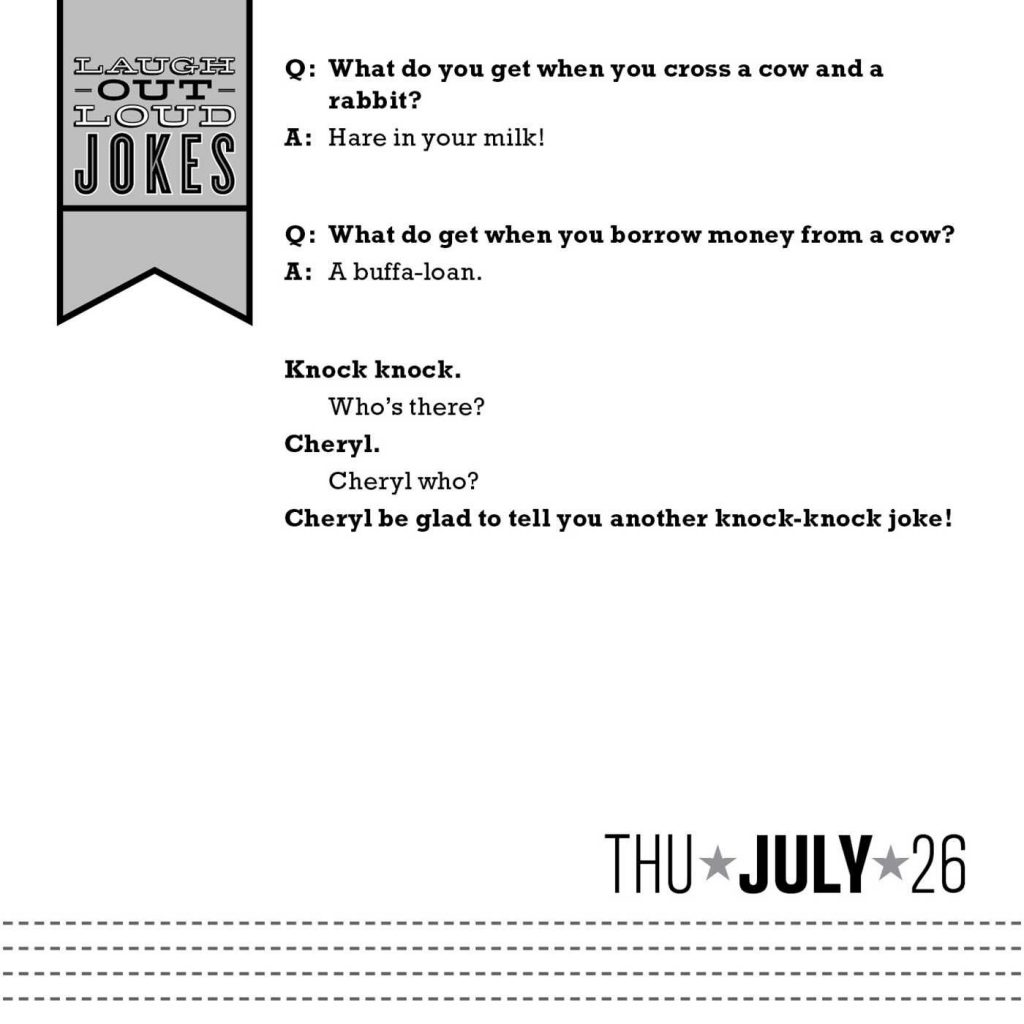I was reading this story about John Strong, the lead announcer for Fox at this year’s World Cup, and loved this anecdote:
Early in his senior year in high school, Strong roped a friend from the school paper, Eric Olson, into helping him launch an online radio station. Olson helped with funding and the two split announcing duties while broadcasting their high school’s football games. This was 2002, at the tail end of the dial-up era and three years before the launch of YouTube. No one in charge of the school knew what the pair of friends were talking about, but the principal signed off all the same. A few months later, Olson and Strong were calling Lake Oswego football online, with the help of a computer whiz friend who handled the technical aspects. At the time, there were roughly ten such high school stations broadcasting online anywhere. “Do I have the first clue what I am doing?” Strong remembers. “Not really. I am taking all those years of doing it in my head or out loud at the TV and all the stuff I have heard on the TV and I am sort of trying to figure it out. We didn’t have commercials; it was just us online.”
I’ll say it again: You don’t need to wait for someone to give you permission to get the experience, skills, or opportunities you want. You’re good enough to start right now. Find a friend and launch a project. It doesn’t have to be great — just be willing to try something new.





